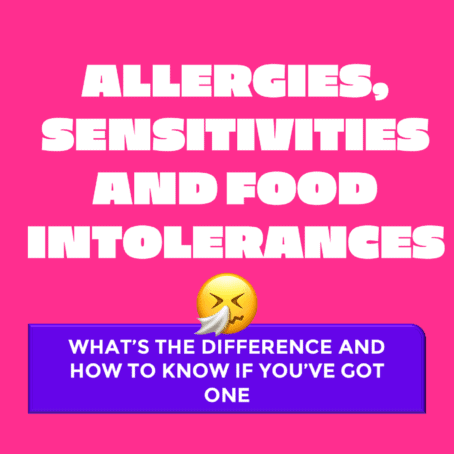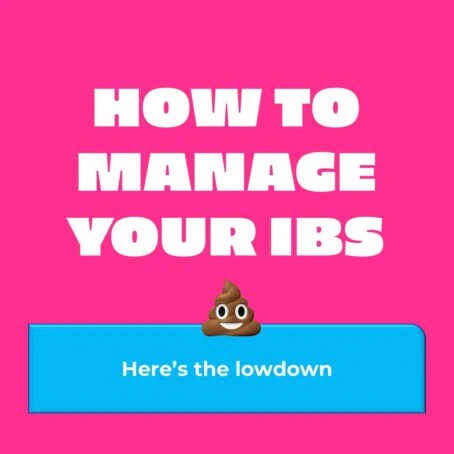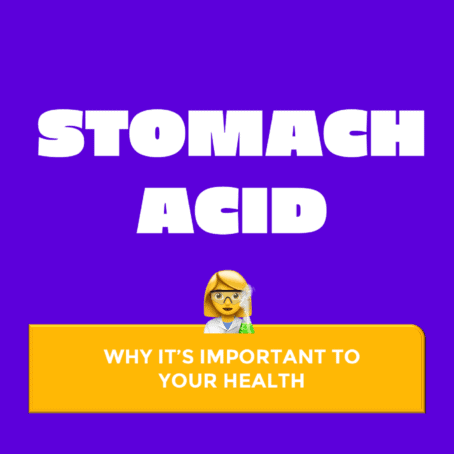What’s the difference and how to know if you’ve got one?
We’ve all probably eaten something that didn’t agree with our tummy. But, what if you repeatedly experience tummy troubles after eating certain foods? You may have a food allergy, sensitivity, or intolerance.
Here’s a breakdown of each:
Food allergy
The most common food allergies include peanuts, fish, shellfish, eggs and dairy.
When we eat something that we are allergic to, the allergens trigger our immune system to produce antibodies called IgE. These antibodies cause the release of lots of chemicals, such as histamine, causing the symptoms associated with allergies.
Symptoms can be mild (e.g. sneezing, itching and hives) and some can be extremely severe (e.g. anaphylaxis which can be life-threatening).
Food allergies can be diagnosed with an IgE blood test.
Food Intolerance
Unlike allergies, food intolerances are limited to tummy troubles, such as bloating, abdominal pain, wind and diarrhoea. When we say food intolerance, we usually refer to carbohydrate intolerance (intolerance to sugars).
The most common example is lactose intolerance. Our bodies produce an enzyme called lactase to help break down the sugar lactose, found in dairy. But some of us lose this enzyme as we get older. This is more likely to occur in people from African and Asian backgrounds.
Any undigested lactose arrives at the large bowel, or colon, where billions of bacteria start to feast on it. This produces gas and that gas causes bloating, flatulence, and diarrhoea.
Other common carbohydrate intolerances include fructose (the sugar found in fruits and sweeteners) or FODMAPs (fermentable oligosaccharides, disaccharides, monosaccharides and polyols) which are present in a variety of different foods.
Intolerance to carbohydrates like lactose and fructose can be diagnosed with a hydrogen breath test or food challenge.
Food Sensitivity
Sensitivities are a little trickier to diagnose than food allergies and carbohydrate intolerances because their mechanism isn’t fully understood.
Probably the most well-known food sensitivity is to gluten. Gluten is a protein found in wheat and other grains such as rye and barley. Non-coeliac gluten sensitivity (NCGS) is when gluten triggers symptoms. With coeliac disease, gluten triggers symptoms inflammation in the gut, but with NCGS, there is no inflammation.
Sensitivities can also be caused by other food substances such as food additives (e.g. sulphites, monosodium glutamate (MSG)), histamine (found in fermented foods like kimchi), or naturally occurring compounds (e.g. tyramine found in aged cheese, or caffeine).
Symptoms of sensitivities may include digestive issues (e.g. bloating, diarrhea, stomach cramps), headaches, skin rashes or flushing. As with allergies, the symptoms an individual experiences can vary and depends on the individual.
Unlike food allergies or carbohydrate intolerances, there is no tests to diagnose food sensitivities. Food sensitivity tests that analyse your hair or blood are not accurate and can lead to health anxieties. The only way to work out food sensitivities is with a food challenge under guidance of trained professional.
If you suspect you have an allergy, sensitivity or food intolerance, it is important to consult with a healthcare professional for an accurate diagnosis and guidance on managing your symptoms and dietary choices.





